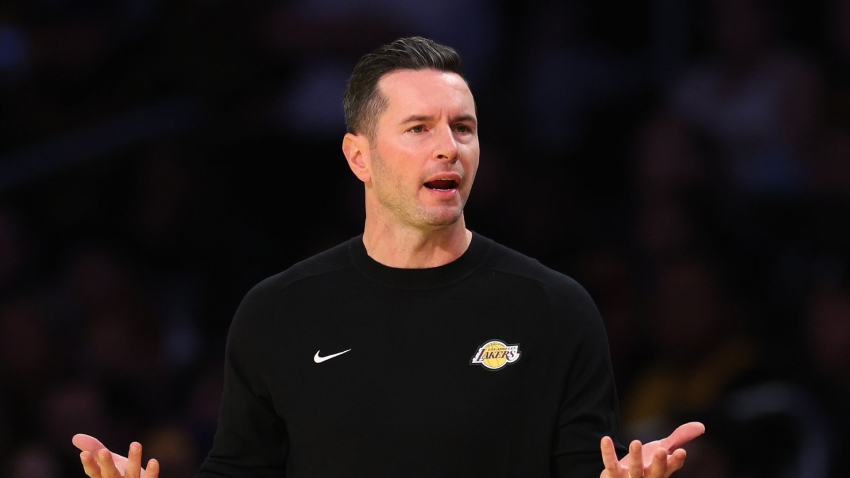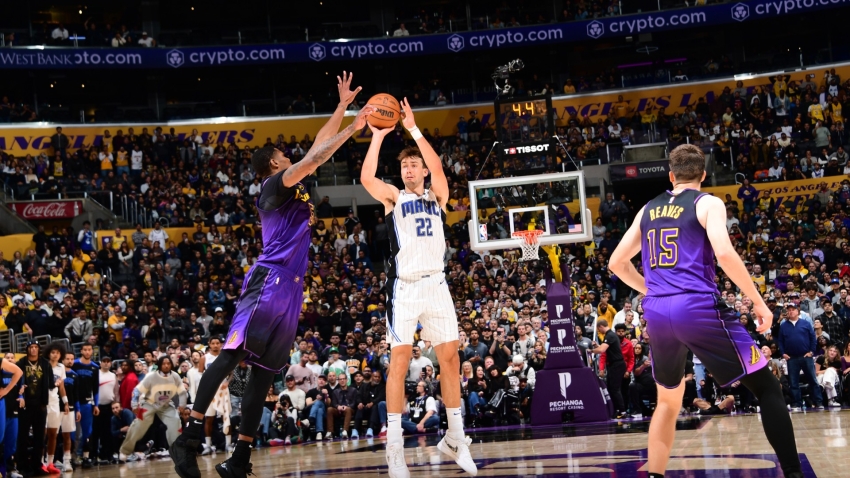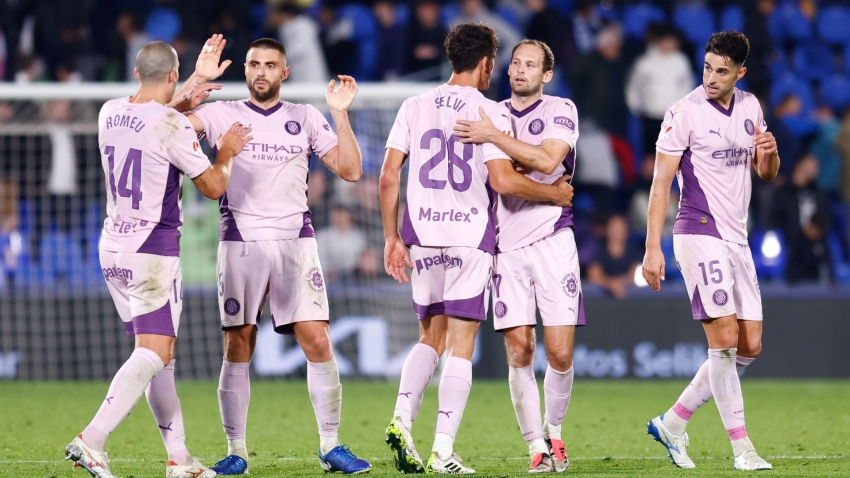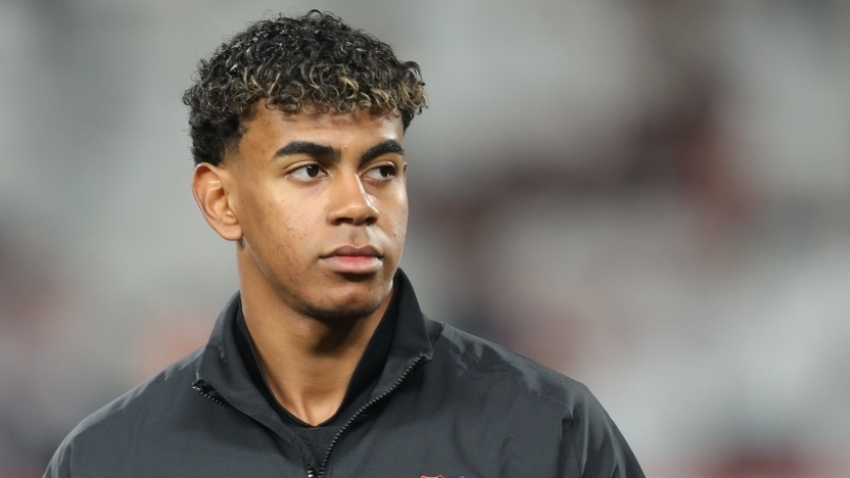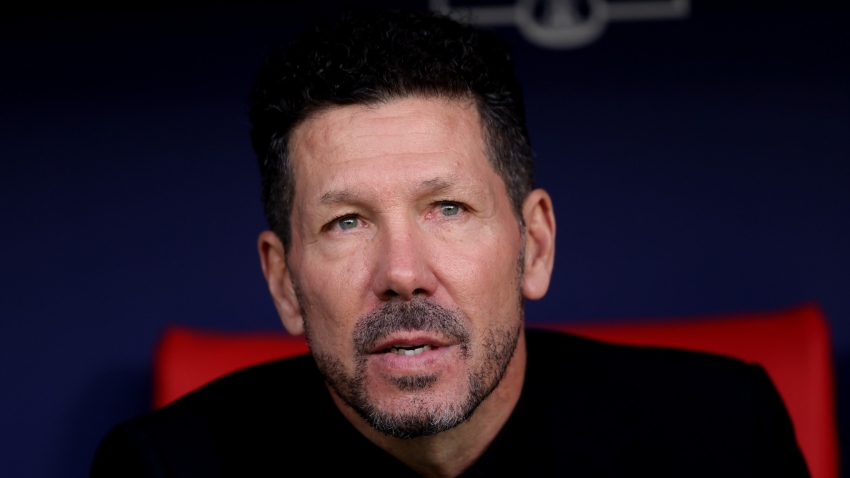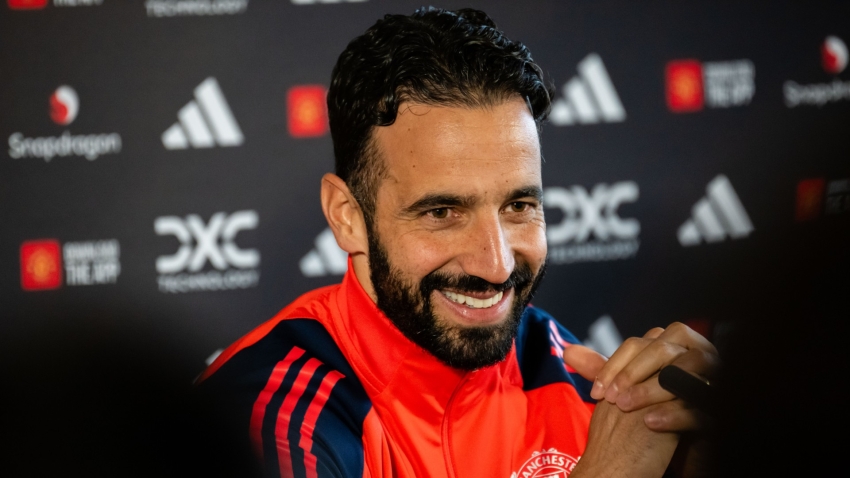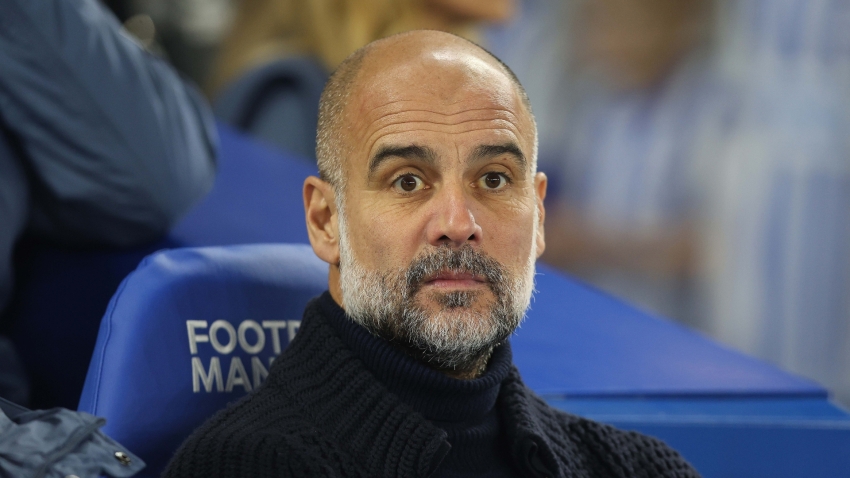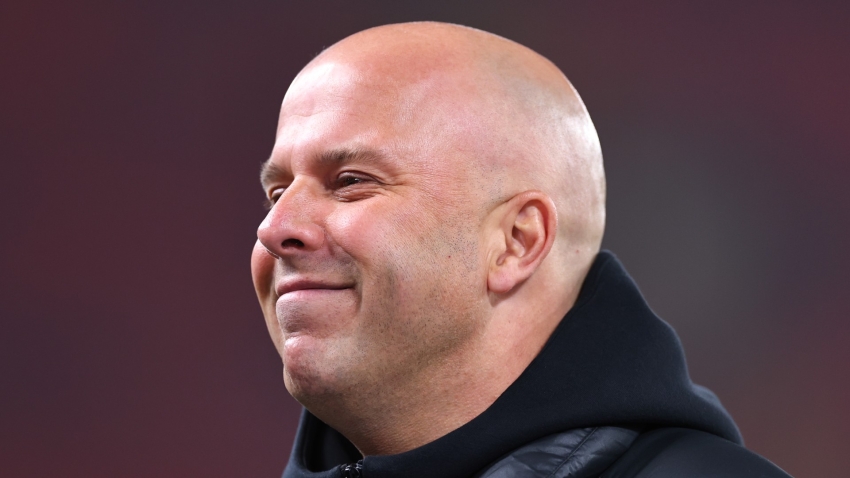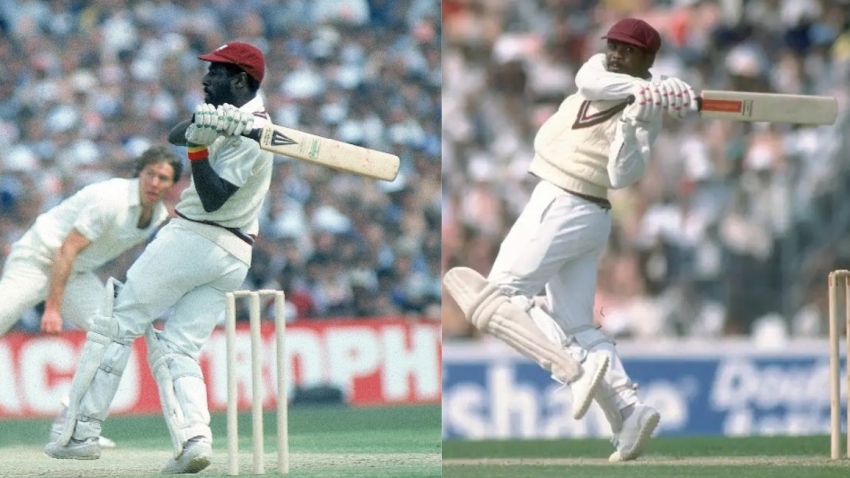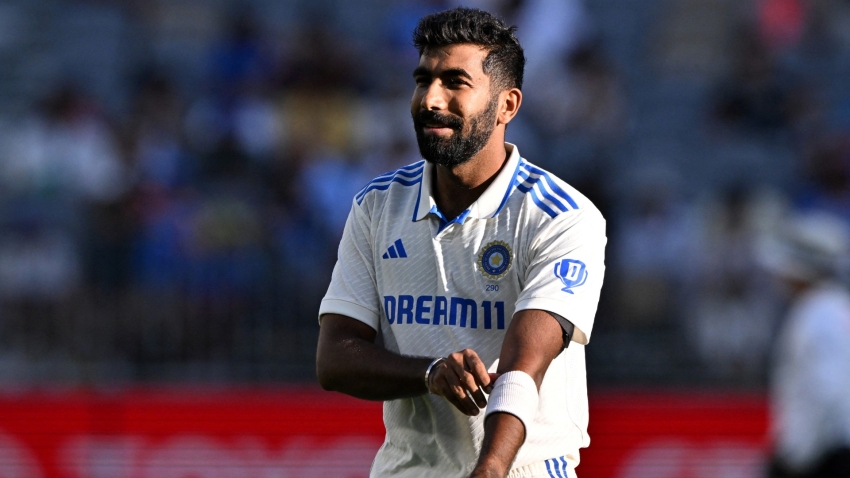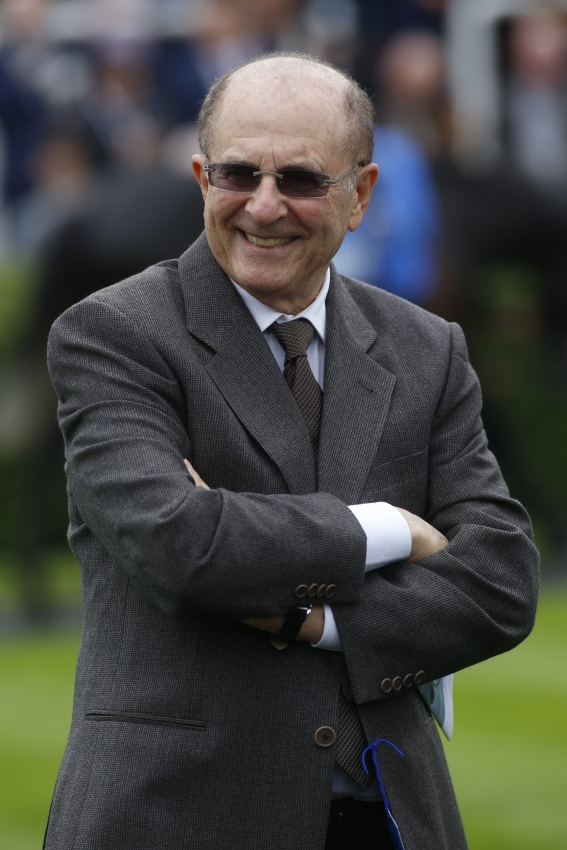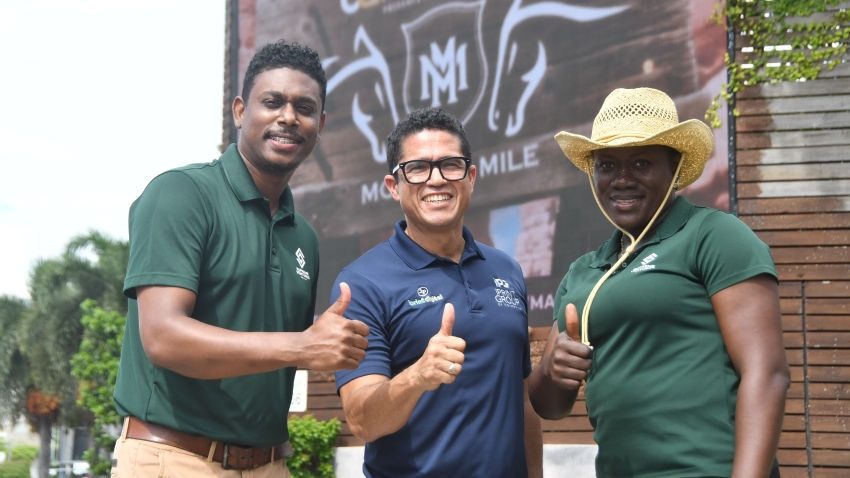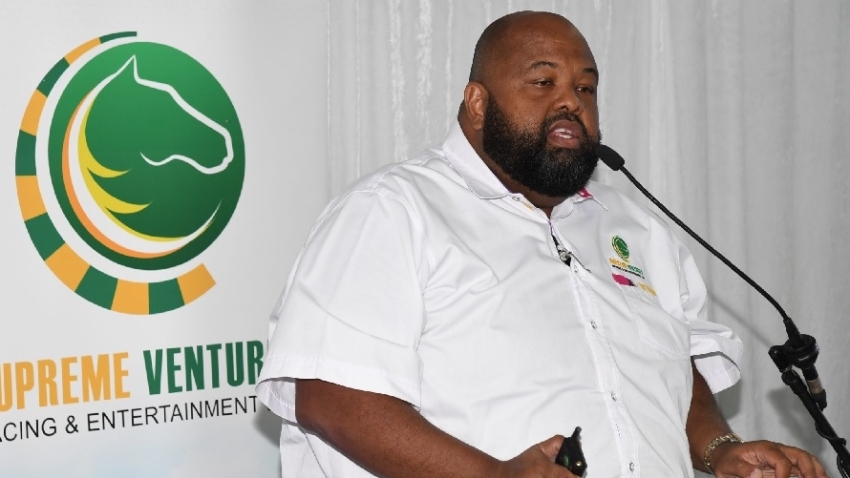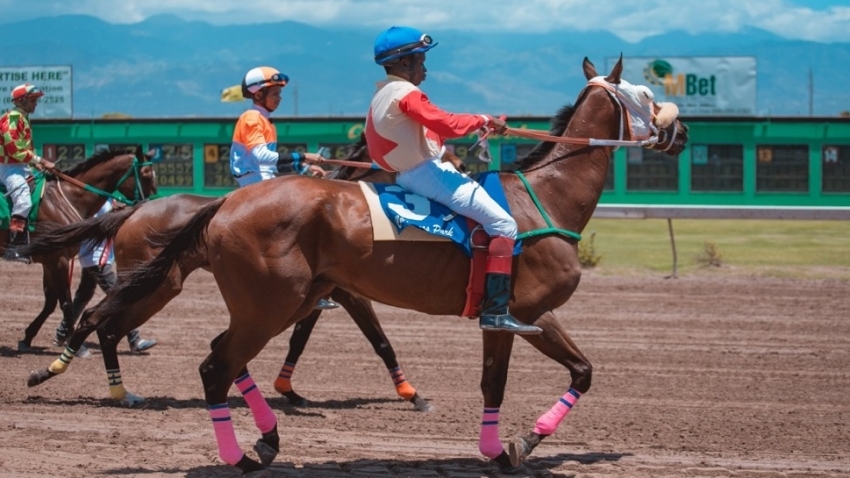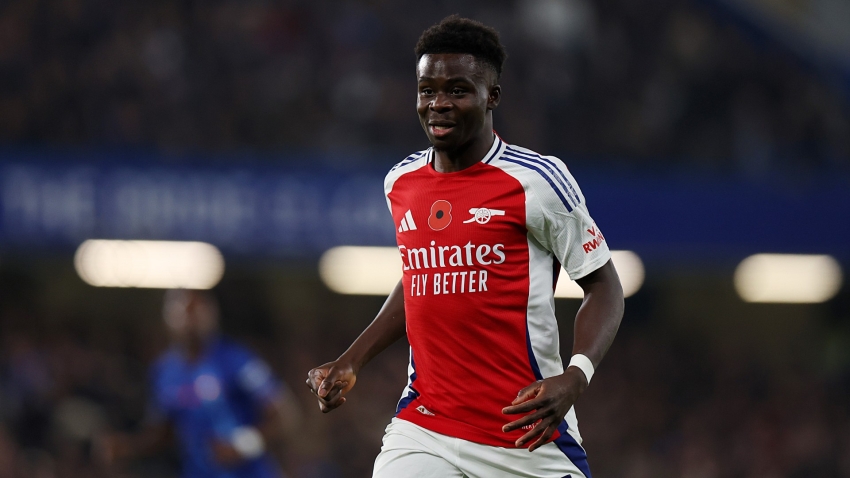Michael Tabor, owner or co-owner of six King George VI And Queen Elizabeth Stakes winners, can be forgiven for having a somewhat clouded memory.
He first won the the all-aged, midsummer middle-distance showpiece in 2000 with a horse blessed with the most scintillating change of gear.
“The one King George I really remember is Montjeu,” said Tabor. “He won on hock-deep ground at Chantilly in the French Derby and at Ascot it was a very hot day, on firm ground, and not that it surprised me because I thought he would, but he just coasted in.
“That is my really big memory of the King George – I’m just trying to think of what others there were…”
Like a lot of other things, you always remember your first King George win, no matter what else follows. In this case, Galileo (2001), Hurricane Run (2006), Dylan Thomas (2007), Duke Of Marmalade (2008) and Highland Reel (2016).
Whether Tabor will lift the laurels for a seventh time this year, only time, and possibly his dual Derby winner Auguste Rodin, will tell.
It is not hard to see why the images of Montjeu, sauntering past his six rivals with jockey Mick Kinane sitting as motionless as if he were a statue atop a plinth, would not be the ones still burning brightly in Tabor’s mind.
The Aga Khan’s second-string Raypour set a clear early pace, with the owner’s iconic green and red epaulets colours also sported by Coronation Cup winner Daliapour, who tracked him until taking it up three furlongs from home.
Held up with Fantastic Light at the back of the field, the John Hammond-trained Montjeu made progress to two furlongs out, before he cruised to the lead a furlong out and quickly went clear, with Mick Kinane barely moving a bushy eyebrow in astonishment at the ease of victory.
To those watching from the stands and the six poor souls aboard the also-rans, the length-and-a-half victory margin felt like the distance of the M5 motorway, such was the imperious display from the four-year-old son of Sadler’s Wells.
He entered the mile-and-a-half showpiece with five Group Ones already to his credit, so little wonder he was sent off the 1-3 favourite.
“That is the one that really stands out,” said Tabor. “I did have good bet on him. I bet 5-2 on, I remember. I beat the SP, but it is not hard to beat the SP when you are having a big bet.”
Bred in Ireland by Sir James Goldsmith, who died in 1997 before the colt began his racing career, Montjeu’s ownership passed into the hands of Laure Boulay de la Meurthe, mother of two of Goldsmith’s children.
He won both starts as a juvenile for Chantilly-based Hammond, including the Listed Prix Isonomy, where he beat subsequent Group One Criterium de Saint-Cloud winner Spadoun.
“We saw Montjeu run in France as a two-year-old and we liked him,” said Tabor. “I suppose like a lot of people she adopted the attitude that if I sell half of it, which she did, I’ll be a winner both ways.”
Montjeu proved to be a brilliant three-year-old. Along with winning two French Group Twos, he took the French and Irish Derbys. Yet it was his majestic romp in the Prix de l’Arc de Triomphe, where he showed his electric turn of foot, that stamped him into the annals of racing history.
“I remember him winning the Prix du Jockey Club and it was hock-deep that day,” added Tabor. “I was standing there and he was coming down the top bend, just cruising.
“Sheikh Mohammed was about 30 yards to my right. He just turned and as he walked past me, he just said, ‘well done’. I remember that distinctly,” he laughed.
“Also, I remember when he won the Arc. El Condor Pasa, the Japanese horse, sort of went clear and he picked him up in a matter of strides. He was brilliant.”
Hurricane Run was the other King George winner to carry Tabor’s famous royal blue and orange disk silks to victory in an equally memorable Arc, six years later.
“I don’t remember Hurricane Run’s King George win particularly well, or Galileo’s – it was a long time ago,” admitted the 81-year-old. “Didn’t he beat Fantastic Light?” He did, by two lengths. “I remember that. I remember his Derby run better, though.”
It is easy to forget Montjeu was not an easy horse to train, with Hammond surmising he was “an eccentric genius”.
He had a stunning CV. Voted the Cartier Three-Year-Old European Champion Colt, he also topped the International Classification in 1999. The six-time Group One winner became a leading sire for Coolmore and produced four Derby winners – Motivator, Authorized, Pour Moi and Camelot.
Though Tabor would admit that money and knowledge can reduce the risk when purchasing bloodstock, success still comes with an element of luck. Bookmaker, gambler and shrewd businessman, he has always backed himself – and most times has won spectacularly.
From humble beginnings, his entrepreneurial flair, work ethic and later, his fortune, helped shape and solidify the future of the Coolmore breeding empire, and has brought him astounding success as an owner.
Rarely is his judgement anything other than razor-sharp, as jockey Kieren Fallon found in the parade ring at Longchamp in 2005.
“There weren’t many runners in Montjeu’s Arc, whereas in Hurricane Run’s Arc, there was a big field,” said Tabor.
“I never say anything to jockeys and tell them what to do and what not to do, but on this occasion, I think Kieren said, ‘I’m drawn on the inside’.
“So I just said, ‘Kieren, for me, you just stay, stay, stay on the inside. It will open up, it will be a fast-run race and the thing is, if you get locked up, they’ll call you an idiot and if you stay there and win, you’ll be a genius! So, I would stay there’. And that was it.”
Fallon did as he was advised and the Andre Fabre-trained three-year-old won by a comfortable two lengths, a victory that even Tabor will not forget in a hurry.


